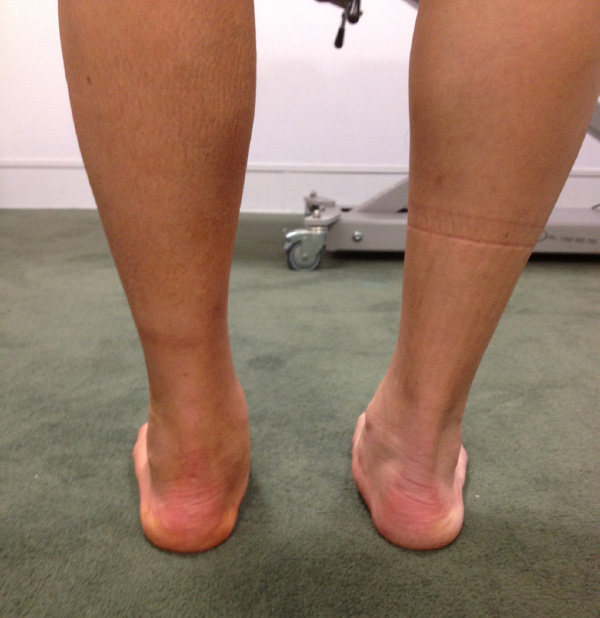Kids (paediatric)
Flat-footedness in children is normal at certain ages. Indeed, when you watch children starting their walking at 12 to 18 months, many seem to have flat feet. This often causes a great sense of anxiety, often in the grandparents who feel that “something should be done”.
Whilst there is a subgroup of kids that have certain conditions that are associated with rigid flat-footedness, the overwhelming majority of children will simply grow out of this apparent flat footedness, often by only 8 or so years of age.
There used to be a tendency to suggest special shoes, orthotics, exercises and other treatments for what we now call flexible flat footedness. There is no evidence to suggest, however, that any of these treatments make any difference whatsoever to the shape of the foot in adult life. There are nonetheless those who see a podiatrist when their children are very young, are given orthotics and then continue to wear these throughout their lives. As the child grows, they need to have the orthotics changed, until the foot has reached skeletal maturity.
The truth is that that there is no evidence that these orthotics are needed. They are expensive, their manufacture is inconvenient and time consuming and it can have an effect on the types of shoes that can be worn.
There are some adults who have painful flat feet that have simply become an issue as they get older. They are very much in the minority. Whilst there are treatments for adults and children with painful flat feet, there is no need to pursue such treatment unless the foot is painful and interfering with pursuit of sports and the like, in everyday life.

Adult
Middle aged women in particular are prone to the development of a painful flat foot. Usually there is swelling over the medial side of the hind-foot, that is an ongoing issue for many months, quite frequently interfering with activities such as walking, and with the pursuit of important matters for physical well being. The foot becomes flatter with time; occasionally the tendon that supports the foot completely tears and the foot suddenly becomes a lot less painful but a good deal flatter. As time passes, the foot may become irretrievably flattened and more and more painful. This may require orthotics and eventually surgery. .
The tendon called tibialis posterior is the area most commonly affected by this process. The tendon starts to tear gradually and then becomes swollen and painful and then finally either completely tears or becomes functionally elongated such that it no longer works at all. Other structures such as the spring ligament can also be involved progressively.
This clinical process is complex and requires assessment by an experienced orthopaedic foot and ankle specialist. If the issue is a problem for you, then please ask your GP or podiatrist to refer you for evaulation. You may require surgery, you may not. It is best to know with certainty, however, as we may be able to perform a relatively minor procedure with the matter in its earliest stages, that might prevent the issue progressing as it often does to the more serious stages where more substantial surgery may be needed.
